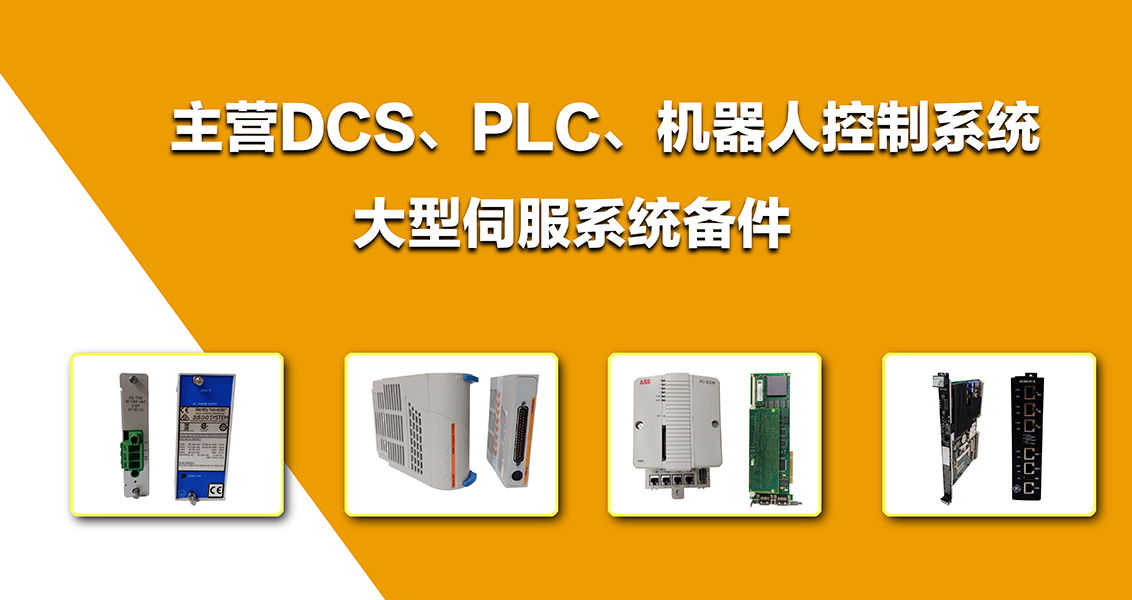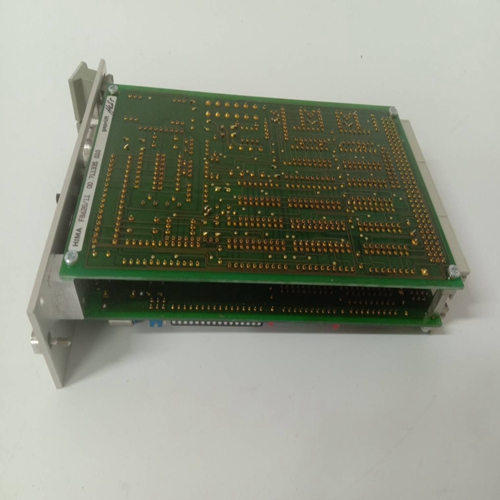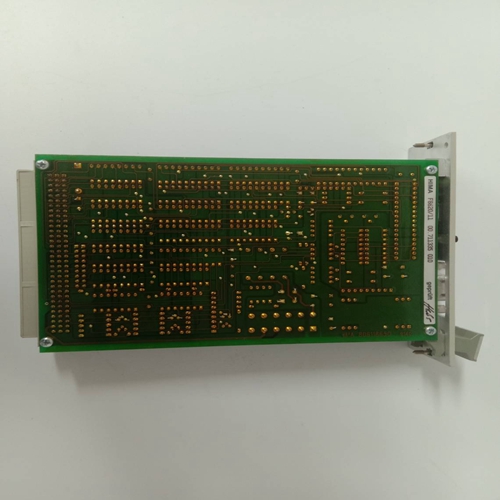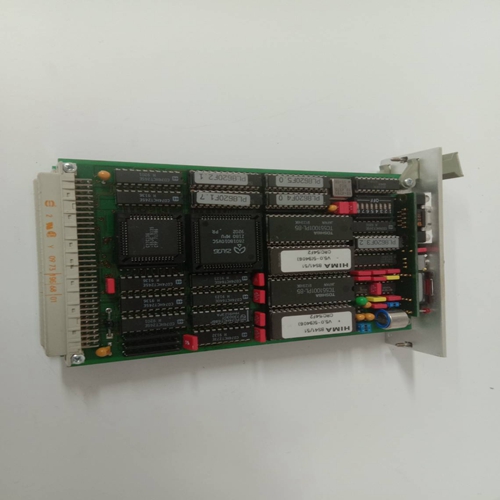主營產品
PLC可編程控制器模塊,DCS卡件,ESD系統卡件,振動監測系統卡件,汽輪機控制系統模塊,燃氣發電機備件等,優勢品牌:Allen Bradley、BentlyNevada、ABB、Emerson Ovation、Honeywell DCS、Rockwell ICS Triplex、FOXBORO、Schneider PLC、GE Fanuc、Motorola、HIMA、TRICONEX、Prosoft等各種進口工業零部件
產品廣泛應用于冶金、石油天然氣、玻璃制造業、鋁業、石油化工、煤礦、造紙印刷、紡織印染、機械、電子制造、汽車制造、塑膠機械、電力、水利、水處理/環保、鍋爐供暖、能源、輸配電等等
HIMA F8620/11控制輸入卡件
自動重合閘功能根據輸入信號“start”、“跳閘CB”和“跳閘CB 3P”的狀態確定距離保護是否已啟動,是否已執行單相或三相跳閘。單相跳閘僅產生“跳閘CB”信號,而“跳閘CB和”跳閘為三相跳閘生成CB 3P’信號。
外部距離繼電器或內部距離功能決定:應進行單相跳閘還是三相跳閘。自動重合閘功能可向距離發送兩個信號保護“跳閘3-Pol”信號通知距離保護
它應該執行單相跳閘還是三相跳閘。這個“ZExtension”信號打開和關閉距離保護的超范圍區域。
設置參數時,應注意功能的順序。由于運行時的原因,距離函數應在自動重合閘功能之前配置。
如果自動重合閘期間不需要SOTF邏輯運行,則連接“AR in prog”向“ExtBlkSOTF”發送信號距離函數的二進制I/P。中的“SOTF 10 s”計時器距離功能的SOTF邏輯通常為死區激活時間<10秒,在這種情況下,不需要上述連接。如果SOTF邏輯啟動跳閘,自動重合閘循環可以
通過從遠處連接“啟動SOTF”來禁止自動重合閘功能的“CondBlkAR”I/P功能。
各種方案中的信號交換
(一個距離一個自動重合閘功能和多個保護功能和一個重合閘功能)可以從圖3.5.32.1、圖。
3.5.32.2和圖3.5.32.5自動重合閘和過電流之間的連接,或微分函數
設置參數時,應注意功能的順序。由于運行時間原因,應在自動重合閘功能之前配置過電流功能。要防止區分計時器工作,請連接兩個輸入“啟動”和“跳閘斷路器3P”的過電流“跳閘”信號自動重合閘功能。
時間“t關閉”必須設置為大于激活(分級)過電流功能的最大運行時間,以防止回收時間在以下情況下阻塞AR功能
永久性故障:t從AR函數關閉>tmax。過電流延時
在區域擴展信號同時使用的情況下:對于過電流功能(請參閱區域擴展設置)
術語“超出”和“不足”具有以下含義:“過沖”:啟用具有短路的過流功能(非分級)時間延遲。“欠電流”:啟用具有長時間的過電流功能(分級)時間延遲。
The auto-reclosure function determines from the states of the input signals ‘start’, ‘Trip CB’ and ‘Trip CB 3P’, whether the distance protection has picked up and whether it has performed a
single or a three-phase trip. Only the ‘Trip CB’ signal is generated for a single-phase trip, whereas both the ‘Trip CB’ and ‘Trip
CB 3P’ signals are generated for a three-phase trip.
The external distance relay or internal distance function decides
whether single or three-phase tripping should take place.
The auto-reclosure function can send two signals to the distance
protection. The ‘Trip 3-Pol’ signal informs the distance protection
whether it should perform a single or a three-phase trip. The
‘ZExtension’ signal switches the distance protection’s overreaching zone on and off.
When setting the parameters, attention should be paid to the order of the functions. For runtime reasons, the distance function
should be configured before the auto-reclosure function.
Where the SOTF logic is not required to operate during autoreclosure, connect the ‘AR in prog.’ Signal to the ‘ExtBlkSOTF’
binary I/P of the distance function. The ‘SOTF 10 s’ timer in the
distance function’s SOTF logic is normally activated for dead
times <10 s and in this case the above connection is not necessary.
If the SOTF logic initiates tripping, an auto-reclosure cycle can
be inhibited by connecting the ‘start SOTF’ from the distance
function to the ‘CondBlkAR’ I/P of the auto-reclosure function.The exchange of signals in the various schemes (one distance
and one auto-reclosure function, and several protection functions
and one reclosure function) can be seen from Fig. 3.5.32.1, Fig.
3.5.32.2 and Fig. 3.5.32.5Connections between auto-reclosure and overcurrent or
differential functions
When setting the parameters, attention should be paid to the order of the functions. For run-time reasons, the overcurrent function should be configured before the auto-reclosure function.
To prevent the discrimination timer from operating, connect the
overcurrent ‘Trip’ signal to the two inputs ‘Start’ and ‘Trip CB 3P’
of the auto-reclosure function.
The time ‘t Close’ must be set longer than the maximum operating time of the activated (graded) overcurrent functions to prevent the reclaim time from blocking the AR function in the event
of a permanent fault:
tClose from AR function > tmax. overcurrent time delay
In cases where the zone extension signal is used in conjunction
with overcurrent functions (see zone extension settings), the
terms ‘overreach’ and ‘underreach’ have the following meanings:
'overreach': enabling of an overcurrent function having a short
(non-graded) time delay.
'underreach’ : enabling of an overcurrent function having a long
(graded) time delay.











